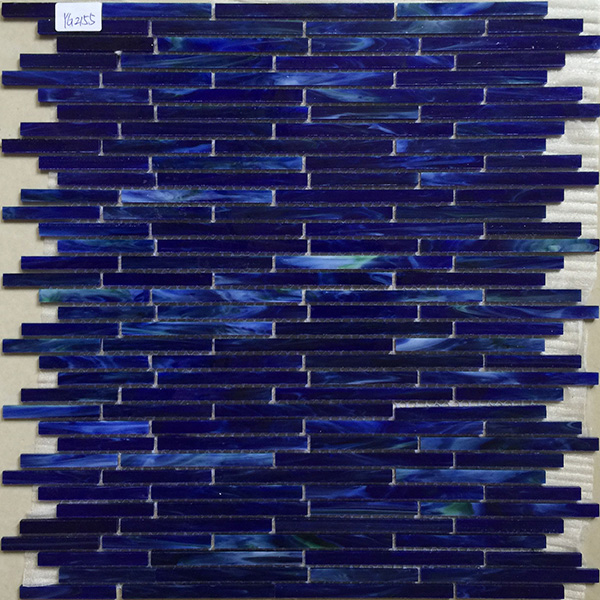THE TANTALIZING HISTORY OF TILE ART
May 23, 2016

This tantalizing tile work grew exponentially following the fall of Rome, as the cultures of the Byzantine and Islamic worlds explored the potential of elaborately decorated tile. Such can be seen in the remarkable decorative scheme of the Dome of the Rock, one of the earliest surviving examples of Islamic architecture. Both the façade and the interior are enveloped in rich tile art in luxurious colors that create an interior that is simultaneously impressive and inviting.
The brilliance and intricate patterning established during these past era was revived during the late years of the 19th century, as enameled and glass art tile came into popularity during the ages of Art Nouveau and the Arts and Crafts Movement. Channeling the beautiful colors and geometric genius from examples from the Byzantine and Eastern traditions, masters such as Louis Comfort Tiffany ensured with his late 19th-century designs, that elaborate tile and mosaic work would continue to be revered in the most elegant interiors. Examples such as Tiffany’s installations at Oyster Bay’s Laurelton Hall (now reconstructed in New York’s Metropolitan Museum of Art) reveal this magnificence and reinforce why tile art is such an enduring artistic presence.
